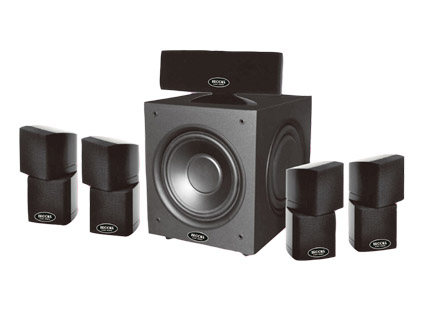Forex trading, or foreign exchange trading, is one of the most active and liquid financial markets in the world. With daily transactions exceeding $6 trillion, according to the BIS (Bank for International Settlements), Forex Trading attracts both professional traders and beginners eager to get started.
If you’ve been curious about forex trading but aren’t sure where to begin, this guide will help demystify the process and provide a foundation to take your first steps.
What is Forex Trading?
Forex trading involves buying and selling currency pairs with the goal of earning a profit. Unlike stock markets that focus on shares of individual companies, the forex market deals with global currencies. Commonly traded currencies include the U.S. Dollar (USD), Euro (EUR), Japanese Yen (JPY), and British Pound (GBP), among others.
Currencies are always traded in pairs, such as EUR/USD or GBP/JPY. A trade in forex means you are speculating on whether one currency in the pair will strengthen or weaken against the other.
Why Forex Trading is Popular
Forex trading has gained massive popularity in recent years due to its accessibility and potential for high returns. Here’s why it appeals to traders worldwide:
•24/7 Market Access: Unlike stock markets, forex markets operate 24 hours a day during the global workweek, making it ideal for part-time traders.
•High Liquidity: With trillions of dollars traded daily, forex offers high liquidity, which means trades are executed quickly with minimal price fluctuation.
•Low Entry Costs: Many brokers allow traders to start with small investments, and the availability of leverage allows traders to control larger positions with less capital.
How Forex Trading Works
1. Understanding Currency Pairs
Forex currencies are quoted in pairs, such as EUR/USD. The first currency (EUR) is the base currency, and the second (USD) is the quote currency. If the EUR/USD pair trades at 1.2000, it means one Euro buys 1.20 U.S. Dollars. Traders speculate whether the base currency will increase or decrease in value against the quote currency.
2. Leverage and Margin
Leverage allows traders to control larger trade amounts without needing to fully fund the position upfront. For example, a 100:1 leverage ratio means you can control $100,000 worth of currency with just $1,000. However, leverage can amplify both profits and losses, so new traders should use it cautiously.
3. Key Forex Trading Terms
•Spread: The difference between the bid (buy) and ask (sell) price of a currency pair.
•Pips: The smallest price movement a currency pair can make; often used to measure profits or losses.
•Volatility: The amount of price movement in the market. High volatility means larger price swings.
Is Forex Trading Right for You?
Forex trading offers huge opportunities, but it also comes with risks. Beginners should focus on learning the fundamentals, practicing on demo accounts, and starting small.



